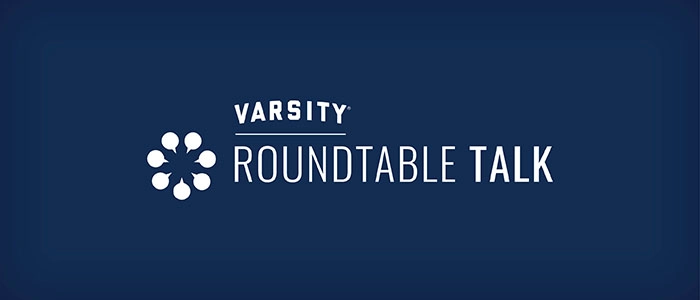Last week was a busy one for the Varsity team. Over the course of four days, we visited both coasts, with the team enjoying a successful annual conference and expo in Spokane for LeadingAge WA, followed by a top-notch annual event in Hershey, put on by LeadingAge PA. As usual, we sharpened our pencils and took notes about what we’re hearing from providers, pundits and other aging services experts across the country so that we can share them with you!
Before diving in, however, we’d like to congratulate Adam Marles, who has been appointed as the new CEO of LeadingAge PA. Adam is a progressive and visionary member of the aging services community, and we are looking forward to the ideas and innovations he’ll bring to the table. At Varsity, we’ve been working with LeadingAge PA to help launch its new website, and we’re excited to be a part of its next chapter!
Now, on to the takeaways!
1. Skilled nursing regulations
Whether you’re in Tacoma or Philadelphia, the changes to skilled nursing regulations remain an ever-present bogeyman that haunts providers in our space. It seems that, just when organizations feel they have a handle on compliance, authorities change the regulations and guidelines again, causing a new scramble to ensure providers are up to snuff. If we have to describe this trend in one word, it’s “weariness.” Providers feel like they are running a rat race that never ends; they are constantly trying to keep up and are very concerned about falling behind. As a marketing and branding group, these regulations fall out of our area of expertise, but we empathize with our skilled nursing providers who are trying to find a way to make their compliance jobs easier. Kudos to those organizations that have strong nursing leadership and that continue to be leaders in this space, such as Presby’s Inspired Life and Elim/Augustana Care.
2. Mindset matters
Motivational speakers are a key component of LeadingAge conferences. They help the leadership in our space feel refreshed and energized about the work they do. One common theme we heard from these speakers on both coasts is the importance of mindset.
Let’s face it — working in aging services can be stressful. As care providers, we see people at their most vulnerable, and we have to deal with death far more often than we’d like; however, our residents rely on us to remain upbeat and positive. One bad day can quickly turn into a dour week, which impacts everyone around us. As LeadingAge Washington speaker Dan Diamond put it, “Every day, we choose our mindset.” What was the mindset you chose for yourself today? How is it affecting those around you? Being conscious about our attitudes and mindset can help us become better leaders for our teams and organizations.
3. What’s next?
There is an unquenchable thirst within the aging services space for information on “what’s next.” It seems like as soon as someone explains what he or she thinks is “the next big thing,” someone else raises a hand to say, “That’s great, but what’s after that?”
We’d all love to have a crystal ball and be able to predict the future of our marketplace. At Varsity, we have some good ideas of what’s coming down the pike because of our insights into generational values and our breadth of experience across the country, but what’s next for Washington might be very different from what’s next for Pennsylvania.
For example, in the western states, we’re seeing providers tackling social policies like never before, such as LGBTQ issues and legal cannabis use. Over on the East Coast, providers are more interested in innovations in construction and technology and how it will change their product mix going forward. At some point, focuses will shift as each area looks at how the other has engaged and managed the challenges at hand.
While the travel between these two conferences was exhausting, the value of seeing LeadingAge members in two very different parts of country was immeasurable. We thank both LeadingAge WA and LeadingAge PA for their hospitality, and we look forward to continuing our partnerships and initiatives with them.
In the coming weeks, our team will be at LeadingAge Florida and LeadingAge Tennessee, so stop by and say hello!
